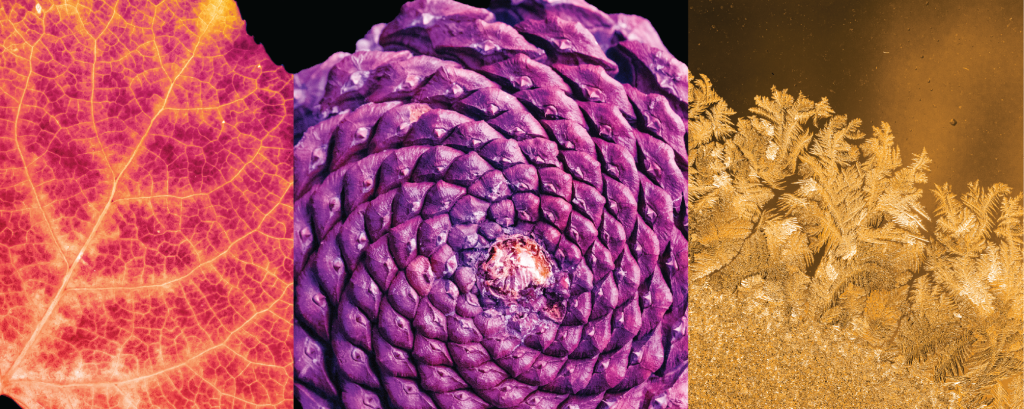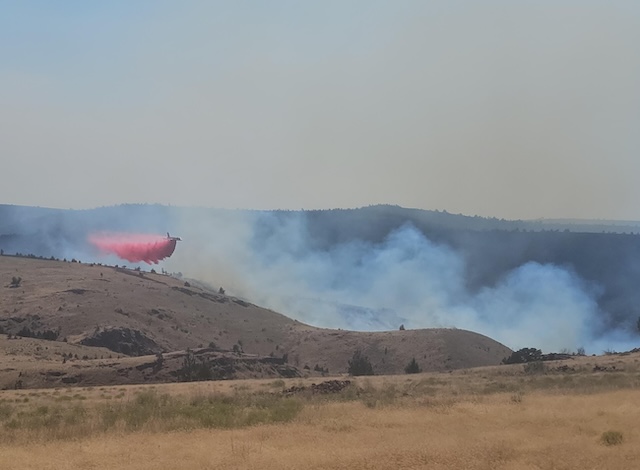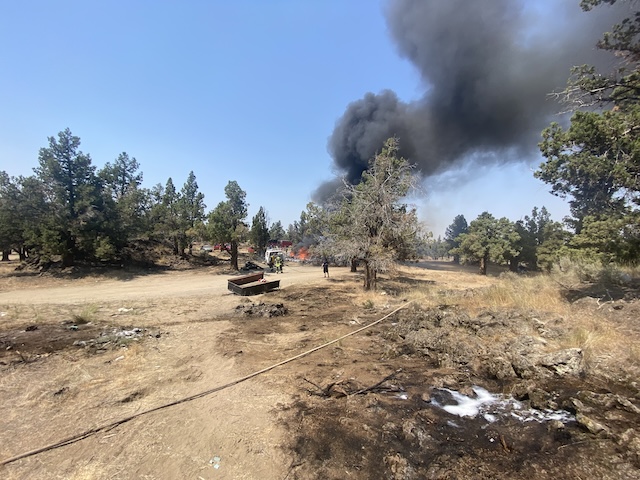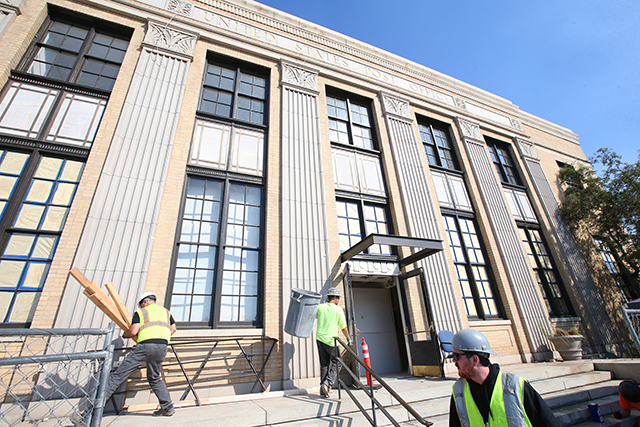Learn the facts about Fractals at the High Desert Museum
Published 3:45 pm Wednesday, February 19, 2025

- PatternsatPlay_collage.png
You may not be able to define “fractal” — yet — but fractals are, in fact, everywhere.
As you might expect from hearing her title, Hayley Brazier, Donald M. Kerr curator of natural history at the High Desert Museum, does know a lot about fractals, including the definition, as the curator of “Patterns at Play: Fractals in Nature,” a new exhibit that takes visitors on a deep dive into fractals, starting Saturday at the museum. (Bonus: The museum is holding one of its free admission days on the exhibition’s opening day.)
Trending
“The natural world is really packed full of these special types of patterns called fractals,” Brazier said. Put simply, “Fractals are defined as never-ending patterns that repeat the same basic shape at bigger and smaller scales.”
Scientists, mathematicians and other experts have discovered fractals all over the natural world, from the neurons in our brains to snow crystals to clouds, mountain ranges and galaxies.
Here in the High Desert, ponderosa pine trees.
“They grow in what’s called a branching fractal pattern,” Brazier explained. From the base of the tree, “It grows up and it branches out. It grows up and it branches out … all the way to the tippy ends of that tree, it’s repeating that same kind of shape.”
That happens a lot in nature, she said, including even the spiral pattern seen in the pinecones of the ponderosa tree. Likewise, the coiled, fossilized shells of ammonites can be found in Eastern Oregon.
Though people had long noticed these special patterns by which the natural world organizes itself, the term fractal was coined about 50 years ago by the mathematician Benoit Mandelbrot, author of the book ‘The Fractal Geometry of Nature.’”
Trending
“He was one of the first mathematicians to say, ‘No, nature isn’t as haphazard as we think it is. We can apply geometric equations and measure nature,’” Brazier said.
Fortunately, you don’t have to be a mathematician to appreciate fractals.
“We want to dive into the fractals that are in the High Desert, but also out in the universe and even in our bodies,” she said. “The words I use to describe this exhibit are fun and funky and colorful. More and more research is showing that fractals are really soothing for the human mind, because our eyes and brains have evolved over millions of years to take in these patterns when we see them.”
Likewise, the exhibit is meant to replicate that relaxing feeling with bean bag chairs, “fractivity tables” for kids and adults to play, and giant, floor-to-ceiling images of microphotography of fractals in nature.
“So people are getting this really close-up look of fractals at the galaxy level, but also at the brain neuron level,” Brazier said.
The animation on the back wall of the exhibit contains more fractal images that she describes as “trippy.”
“They’re in these crazy, 1970s colors,” she said. “It’s kind of trippy is the best word. It zooms in, and it zooms out, and you get kind of pulled into this back screen, and the closer you get to it, the back animation wall will be responding to somebody even just standing there, so you feel like you’re getting pulled in.”
If You Go
What: “Patterns at Play: Fractals in Nature”
When: Opens Saturday at the High Desert Museum and displays through Oct. 5
Where: High Desert Museum, 59800 Highway 97, Bend
Cost: Free with paid museum admission; on the opening Saturday of the exhibit, admission to the museum is free
Contact: highdesertmuseum.org
or 541-382-4754








